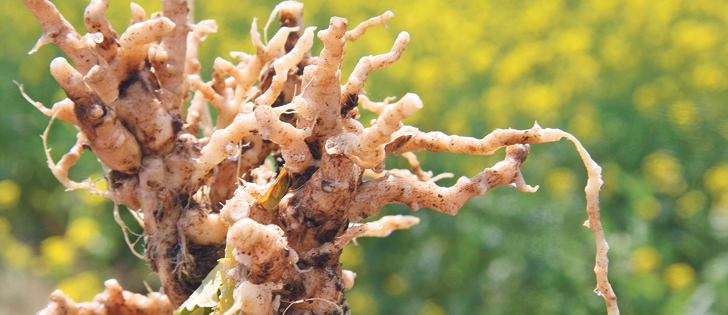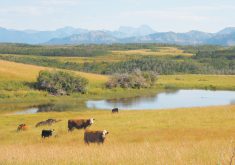Canola is many farmers’ biggest moneymaker, and good crop rotation is many farmers’ best financial hedge.
However, those two factors have collided in a way that is undermining not only individual farmers’ security but also those of their neighbours, and even the future of the canola industry itself.
For two decades, I’ve heard agronomists urge farmers to grow canola once every three years, or better yet only every fourth year, in order to keep disease levels low.
However, in recent years farmers chasing scarce profits have often moved into two-year rotations, or even canola-on-canola rotations, with canola often offering them the only profitability they can find.
Read Also

Critical growing season is ahead for soybeans
What the weather turns out to be in the United States is going to have a significant impact on Canadian producers’ prices
That’s understandable for financial reasons, but it’s extremely risky, as the spread of clubroot and increase in blackleg is showing.
Farmers sometimes feel compelled to act on a year-by-year basis in order to stay financially viable, but the crop and diseases exist as perennial fixtures of prairie farming, and at some point the short-term expedience and long-term threat are likely to collide like two freight trains, potentially making the canola industry unviable at its present size.
That might sound exaggerated, but it’s what I heard in March from Garth Hodges, Bayer CropScience’s canola lead, at the Canola Council of Canada convention. He admitted that his own worries might seem melodramatic, but he fears farmers are putting too much trust in companies like his to innovate their way out of the disease trap.
Hodges said many farmers seem to assume the industry will figure out a way to deal with endemic and worsening problems such as clubroot and blackleg, but that is a risky assumption.
He said nothing to adequately protect canola from those diseases is imminent, and no miracle solution is on the horizon.
I’ve heard farmers speak with breezy confidence about the disease situation, offering various versions of, “we do what we do until it doesn’t work any more, and then we switch to something else.”
That might have worked in the past, but the stakes here are pretty high.
Chronically infected fields can become unworkable for canola, so switching to something else might mean switching to less profitable crops. Avoiding that is pretty important.
I’ve noticed a weariness among canola agronomists when they talk about rotations. I’m hearing the same message I’ve heard for 23 years: grow it only every third or fourth year.
However, it is now often said halfheartedly because agronomists know many growers will ignore what they are saying. Some now focus most of their efforts on advising guys who they assume will often grow canola every second year.
Clubroot is a devastating disease for production. Blackleg is a generally less severe yield hit, but it could be fatal for market access, as the dispute with China has shown.
Playing with tight rotations radically increases the dangers of both diseases becoming endemic across Western Canada and crippling at the individual farm level. That could then force millions of acres to be taken out of canola production.
So farmers with tight rotations essentially have two choices. They can bite the bullet soon and avoid creating a nightmare, leaving themselves with canola as part of their roster of crop choices, or they can wait for the nightmare to arise and have that dictate their future cropping options, which might end up being canola-free.
A lot of farms rely upon canola for profitability. That’s why it sometimes gets abused. But at some point that trick stops working and an old truth applies: abuse it and you lose it.


















